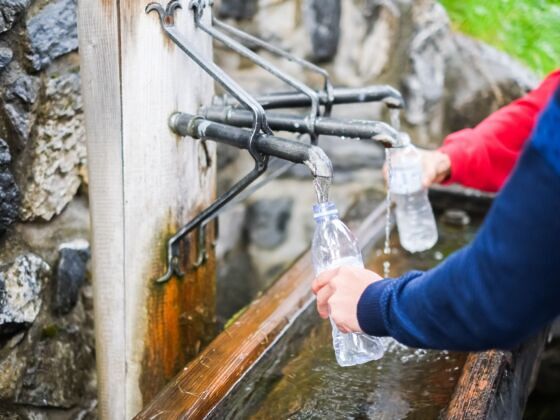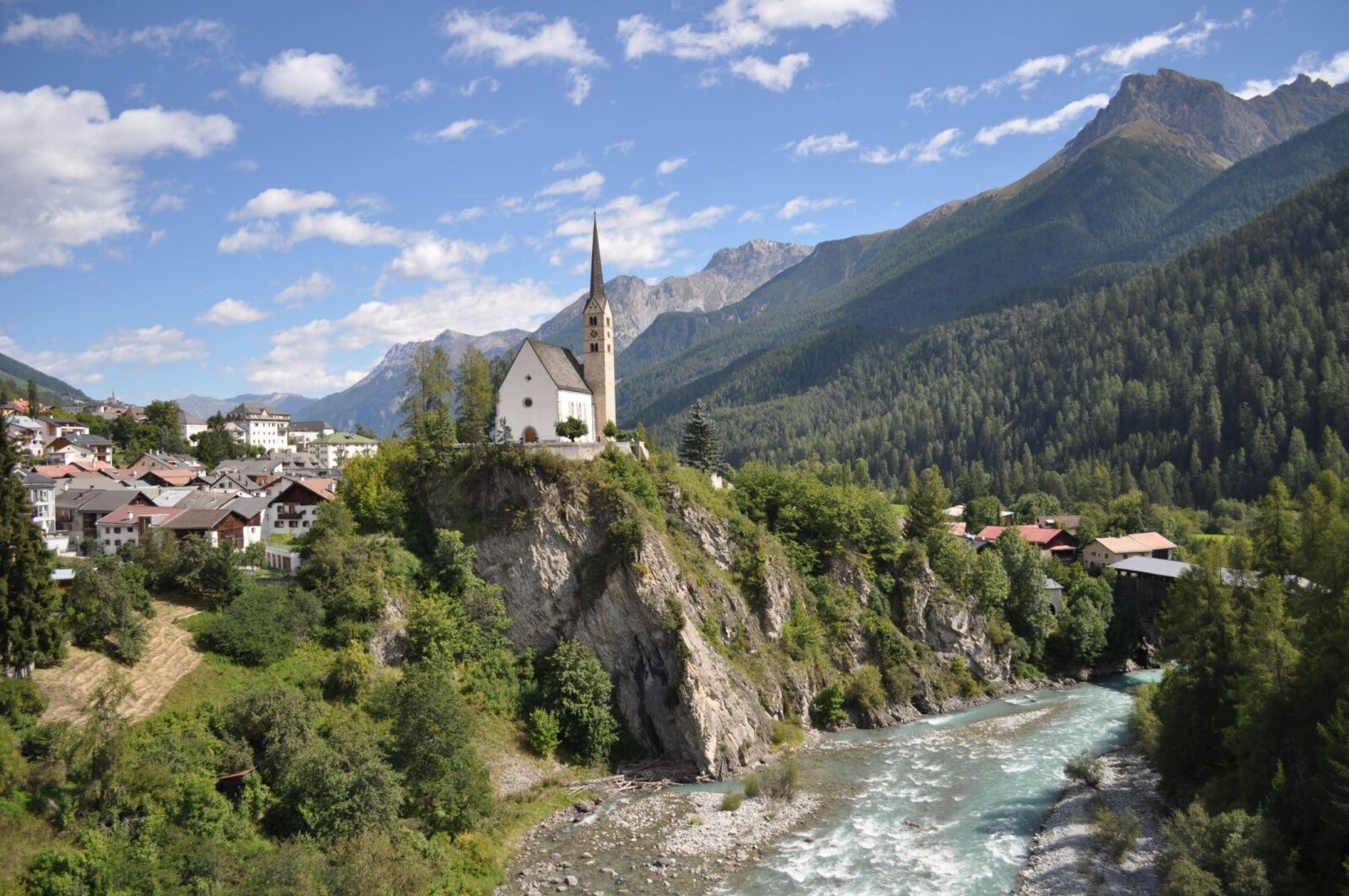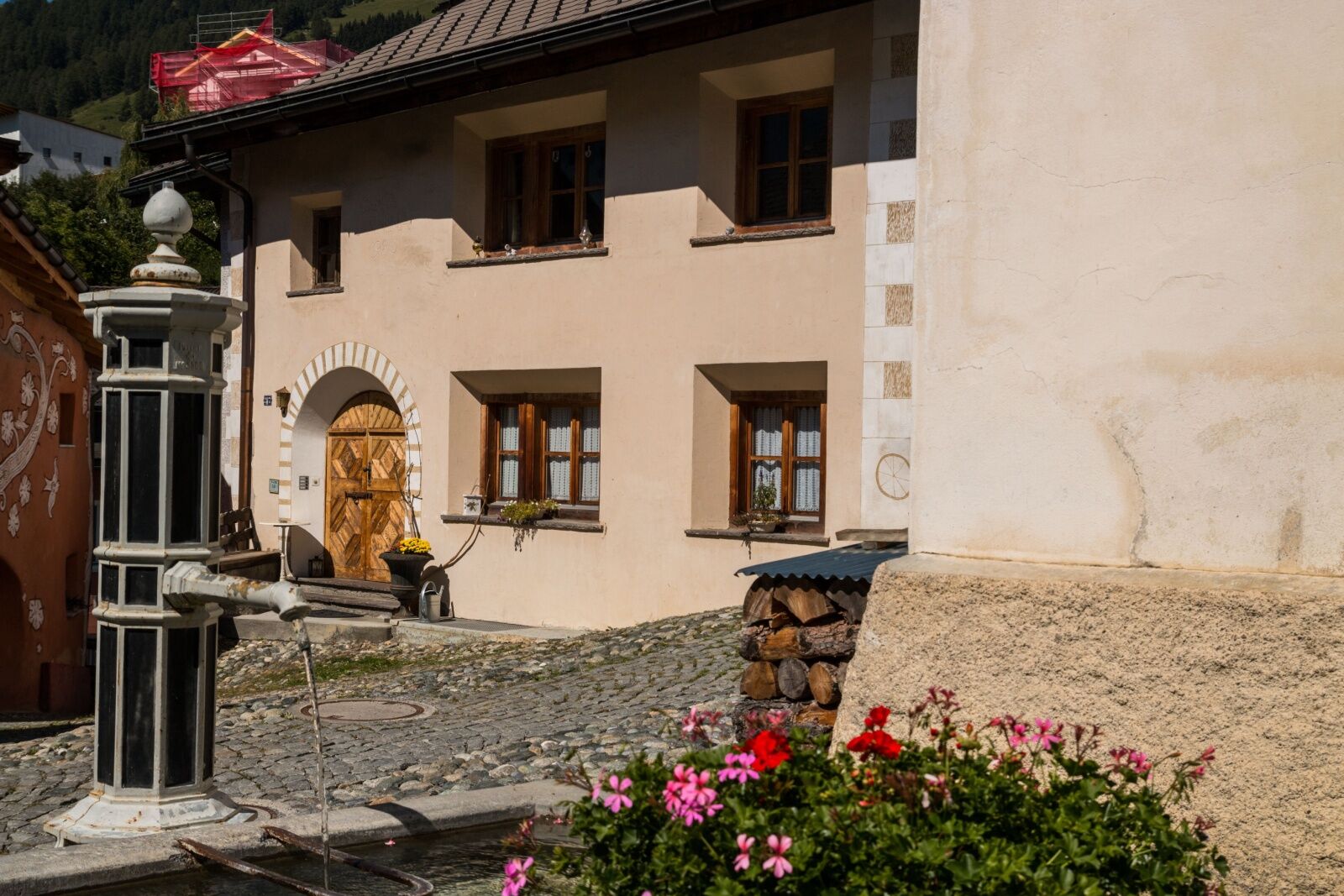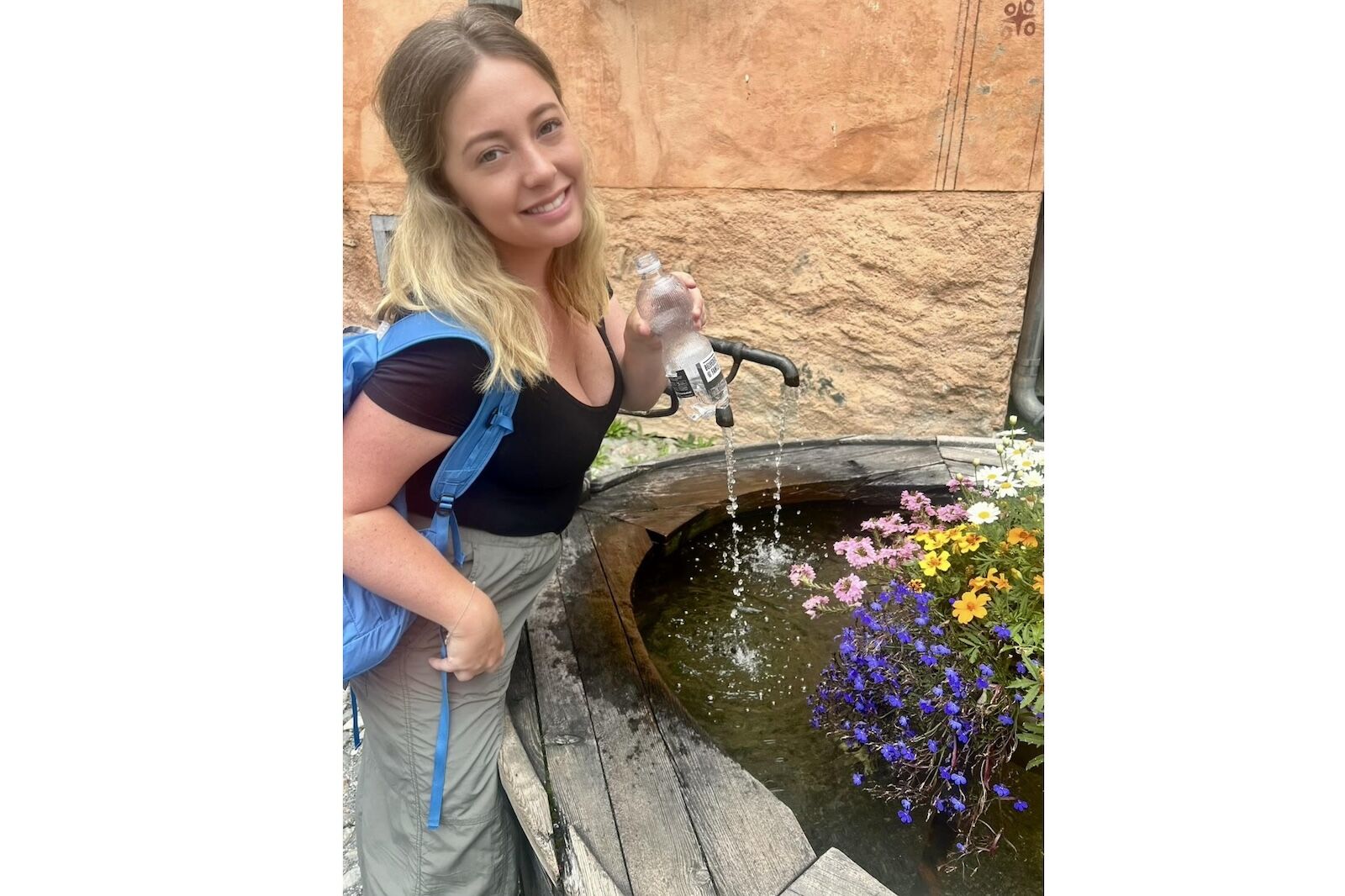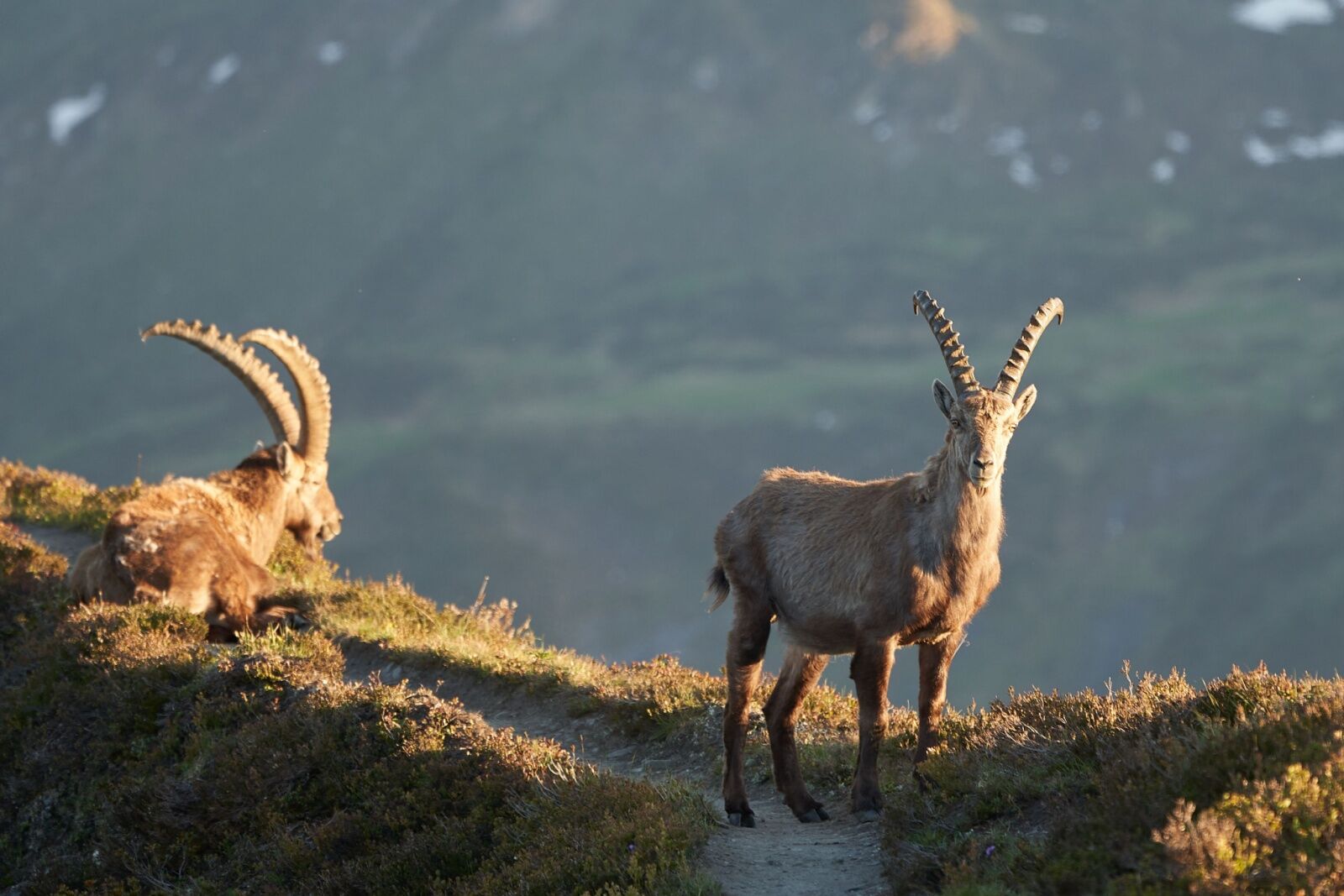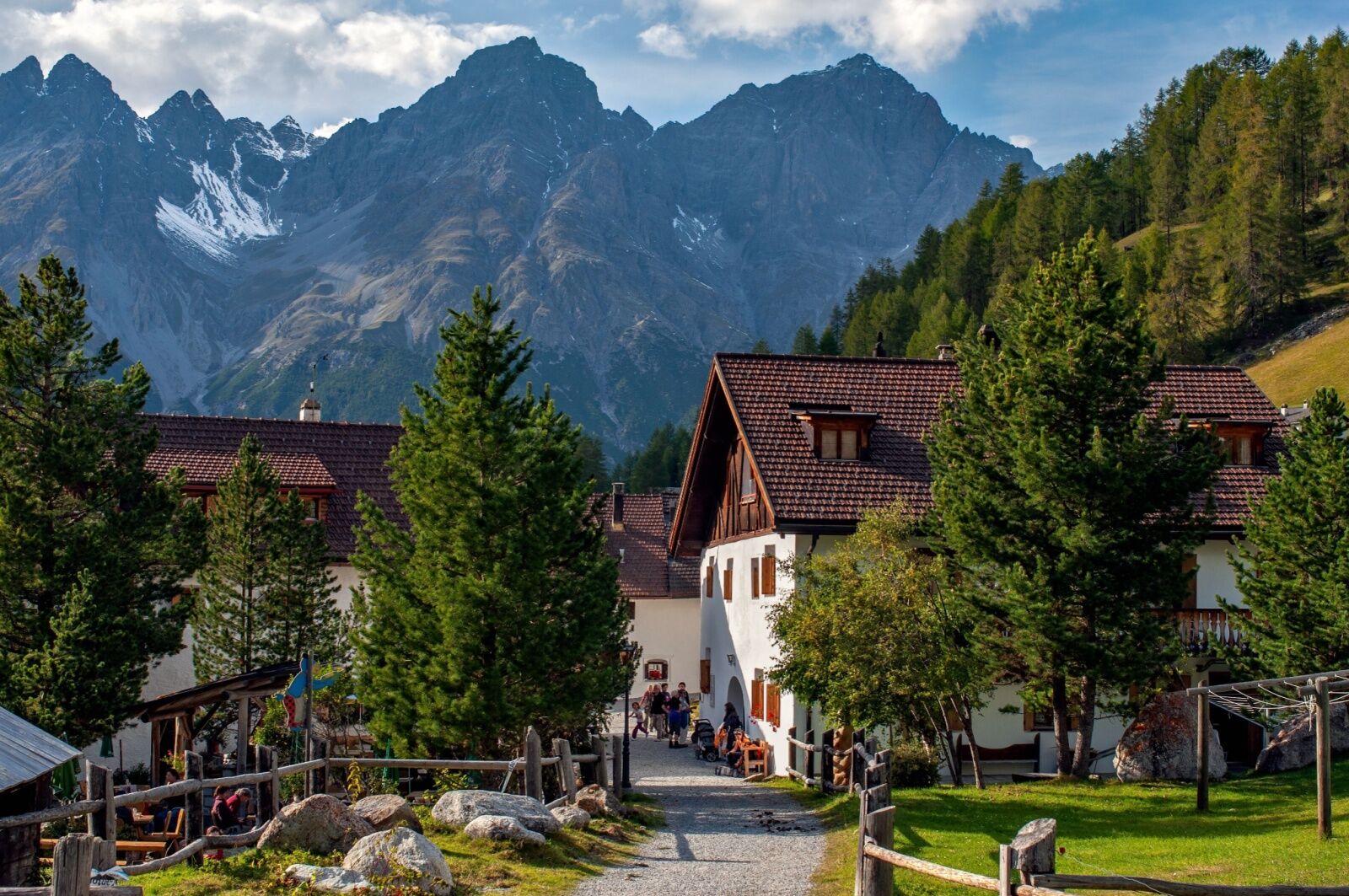Move over, Swiss wines — there’s a new beverage stealing the show in Switzerland. And it’s not what you’d expect.
In the village of Scuol, Switzerland, tucked away in the canton of Graubünden (near where Switzerland meets Italy and Austria), mineral water is treated with the kind of reverence usually reserved for fine wines or aged whiskey. In this part of the country, the focus isn’t on vineyards and distilleries, but rather, on natural springs. On a recent trip, I did a guided water tasting to learn more about the water’s cultural and historical traditions — and to figure out why travelers pay around $70 to sip the region’s famous H2O.
